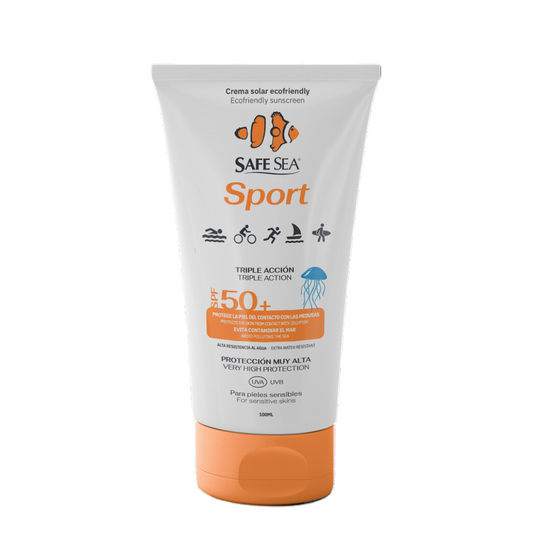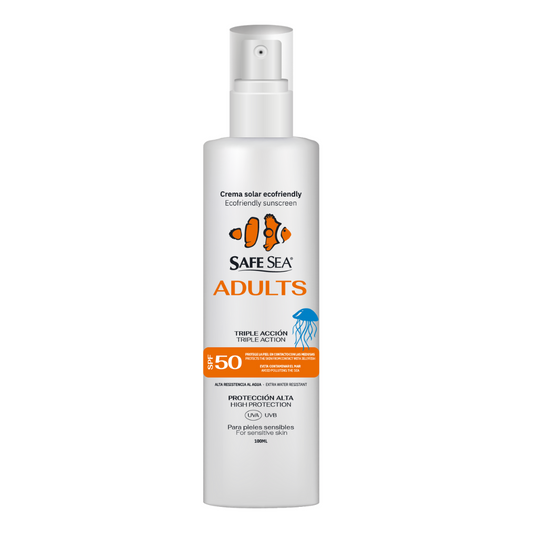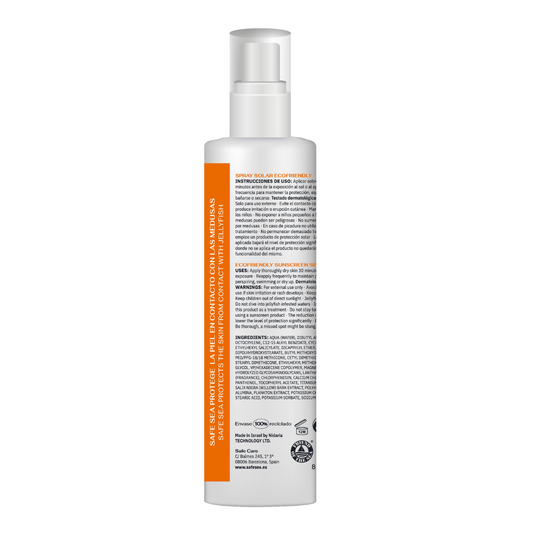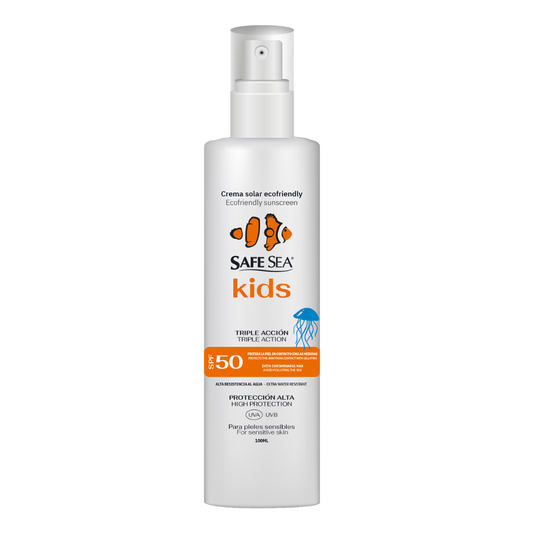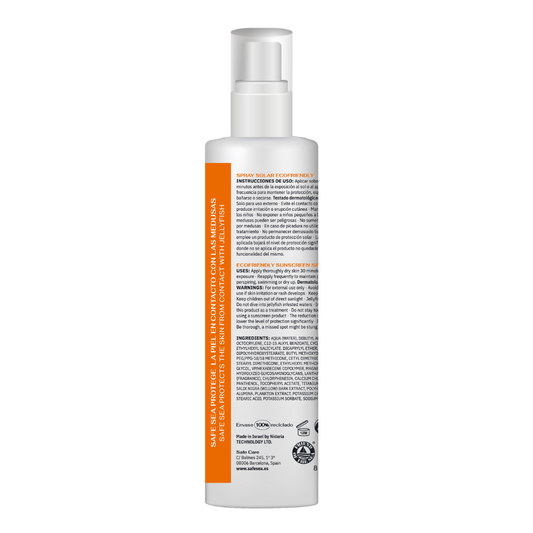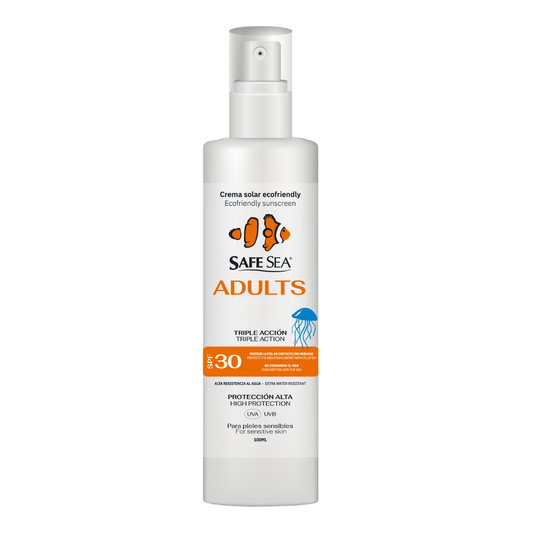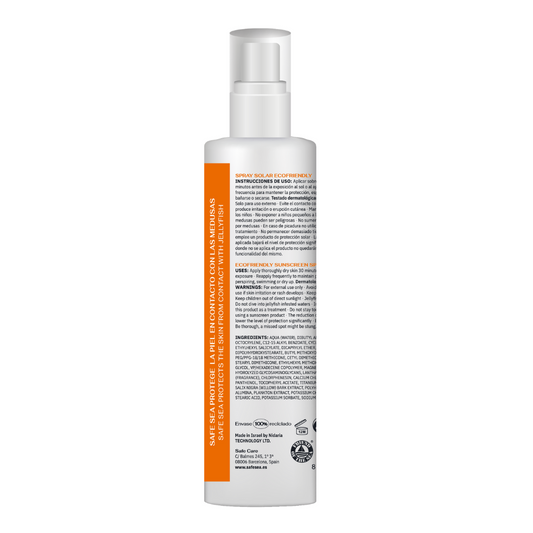You have probably heard about this controversy: Is it advisable to use sunscreen with nanoparticles? The European Economic and Social Committee COLIPA recommends NOT using mineral filters such as titanium oxide or zinc oxide in nano format. Why? Studies in recent years have shown that these nanoparticles may cause damage if they enter human, animal or plant cells. The aerosol or spray formats of sunscreens would facilitate this possibility. If you are interested in their possible effects on our organism, read on.
Sunscreen with nanoparticles: yes or no?
Disadvantages of the use of sunscreen with nanoparticles
Organic (or "chemical") sunscreens work by absorption of UV light. The physical or mineral filters, on the other hand, attenuate UV radiation by two mechanisms: absorption and scattering.
Due to these different mechanisms, mineral filters operate over a wide wavelength range. This is one of the key advantages of these materials. Particularly noteworthy is the protection against UVA rays due to these dispersions.
While some organic filters can decompose in the presence of UV light, mineral filters, also called inorganic filters, are photostable and do not degrade or oxidize. They maintain the SPF for as long as the particles remain on the skin. It is therefore an advantage in their favor: long-lasting protection against UV light.
The most commonly used mineral filters, zinc oxide and titanium dioxide are not without concerns. It has been shown that if these ingredients are uncoated and nano-sized (less than 35 nm in diameter), they could enter cells with as yet unknown effects on living organisms. Both animals and plants. Applied as a spray or aerosol, the nanoparticles could be inhaled, enter the respiratory tract and damage the lungs.

Reformulation, a step backward to move forward
Hence, and because of these plausible suspicions, the option of larger (non-nano) mineral particles is again chosen, thus reducing the threat of toxicity. The incipient scientific evidence of recent years has been weighed up. And this has led to modified formulations in the attempt, and increasing awareness, to protect humans, fish and corals and marine plants. The responsibility of industry and companies reacting in favor of consumer peace of mind goes in favor, in general, of the environment in which we want to live.
Non-nano and coated filters, by Safe Sea
The sunscreens Safe Sea now feature a non-nano titanium dioxide (TiO2) coated with alumina, with exceptional stability and safety. The nano-sized metallic particles of the physical mineral filter (once incorporated because they penetrate and are better absorbed by the skin) are avoided. And the clear zinc technologies that could be potentially toxic to the respiratory tract of humans or aquatic species. This decision is in line with respecting the marine environment. It is the only sunscreen certified by the NGO Friends of the Sea that does NOT release active ingredients into the sea.



